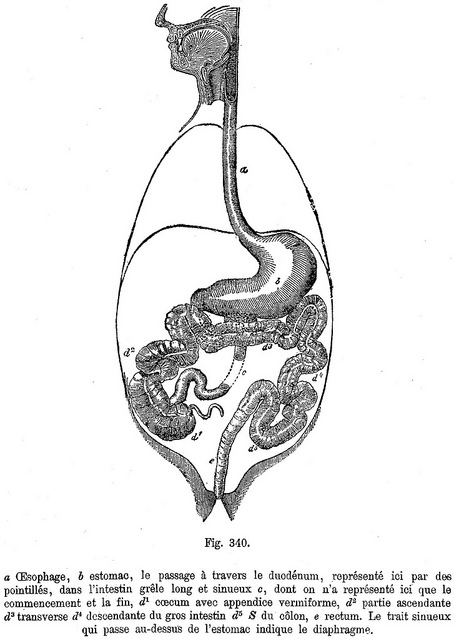Sensors appear to be the “it” new technology for monitoring people’s health. And, not only can you find ones that attach to a bed or an abdomen, you can find ingestible sensors. Casey Ross reports for Stat News on the latest ingestible sensors, which attach to a person’s digestive tract to identify and treat a range of conditions, from indigestion and colon cancer to Crohn’s disease.
The tech entrepreneurs developing these ingestible sensors have all sorts of health goals. One team wants to collect data about people’s mechanical and electrical changes when they eat. Based on this data, they plan to advise patients on what to eat.
The sensors could track exactly what you’re eating and your daily calorie intake. The data could be processed and sent to your health care providers and to you. Your mobile phone could give you all the details. You could avoid trips to the doctor and hospital.
Around 70 million Americans have digestive diseases any given year, including GERD, ulcerative colitis, gallstones and irritable bowel syndrome. Their health outcomes could improve dramatically, And, the sensors could save the health care system billions of dollars.
Most intriguingly, some sensors are 3D-printable. One such sensor being developed can take the temperature of a pig’s gut and relay the temperature as it changes over the course of several weeks.
Sensors have been around a long time. As early as the 1980’s, sensors in pills were able to take photos of the digestive system. But, the data collected was not immediately accessible. Now, the data collected can be transmitted immediately through a wireless signal.
Today’s sensors are quite sophisticated. One electronic sensor being developed uses “genetically engineered” bacteria. Small molecules in the body can pass through the sensor’s skin. And, the sensor collects data on how much light the bacteria produces. It may ultimately be able to replace an endoscopy, detecting bleeding in the gut. It could identify gastric ulcers and other diseases. It may indicate cancer. Inflammation sensors may be able to detect irritable bowel syndrome and other bowel diseases.
The goal now is to shrink the size of these ingestible sensors down from 1.5 inches. They should be easier to swallow and inexpensive to manufacture.
Here’s more from Just Care:

Leave a Reply